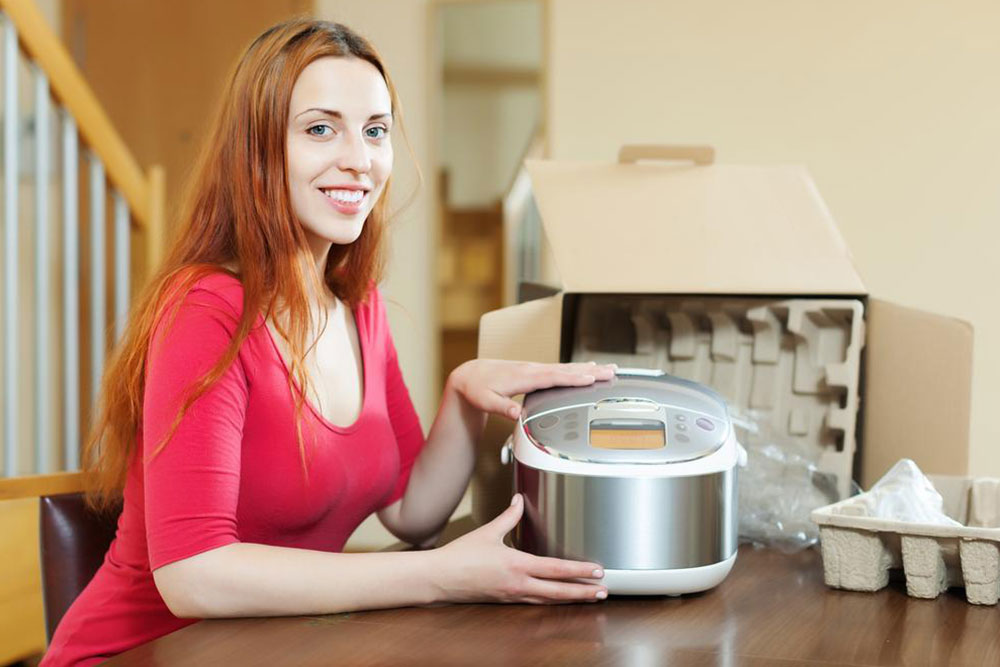Advantages of using Crock-Pot appliances
Crock-Pot® is a countertop slow-cooker that helps simmer food on low heat for a long time.
Crock-Pot® allows unattended cooking for hours of dishes that can be boiled, like stews, soups or pot roasts. The Crock-Pot® usually has a circular or oval cooking pot made of porcelain or ceramic, surrounded by a metal that has a heating element and a lid made of glass. The lid usually sits in a groove of the pot to let vapor sit in the groove and seal the pot with low pressure.
The pot by itself acts as a reservoir of heat, but the heat has two to three different settings for monitoring heat.

Crock-Pot® can also be used for preparing food at an earlier time and keeping it warm for the rest of the day. Some Crock-Pot® appliances are portable too and are great for outdoor settings such as a picnic or a cook-out.
While slow cookers help cook food on slow heat, an instant pot, also known as instapot is a fast pressure cooker. Pressure cooking is a faster way as it seals the pot with heat and high pressure. It seals in moisture and flavor together to take food from frozen to cooked in a short period of time. Most instant pots, however, also double as slow cookers or crock-pots as they have a heat management system that allows for slow cooking as well.
There are many differences between a crock pot and an instapot. One main difference is that an instapot has insulated housing which a Crock-Pot® does not and this helps in energy saving and efficiency. Another factor involved is how far in advance one plans to cook. If one is impulsive, an instapot works best for them as they can immediately cater to their craving, while planners benefit from Crock-Pot® to add as much flavor as possible.

